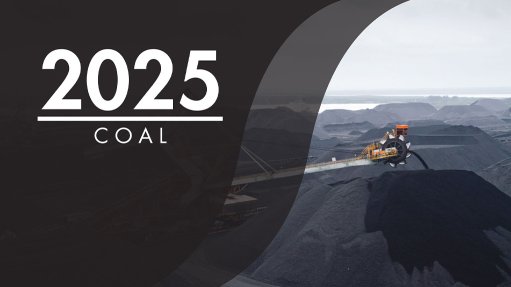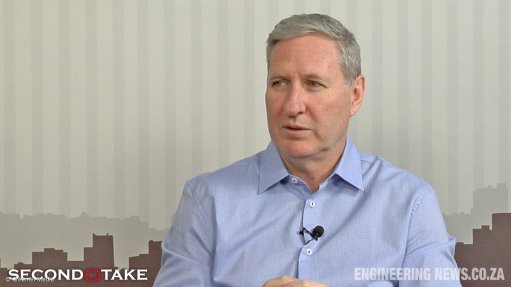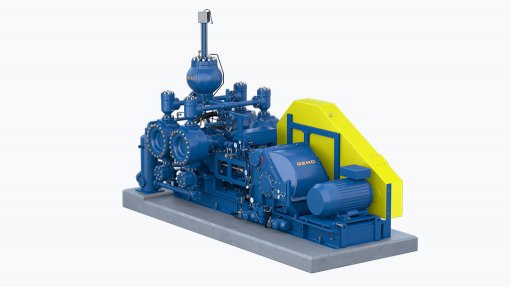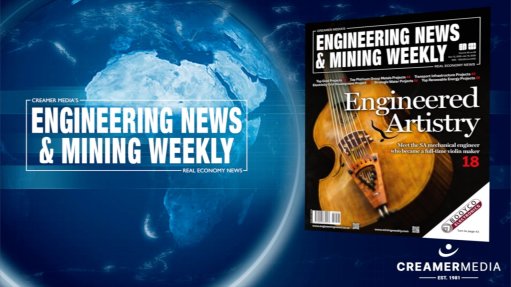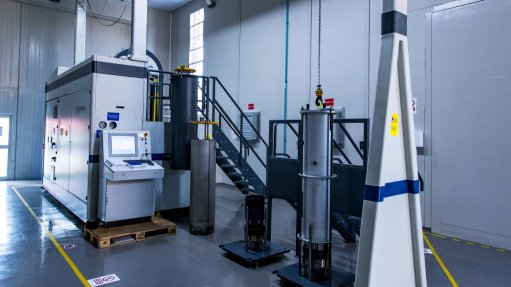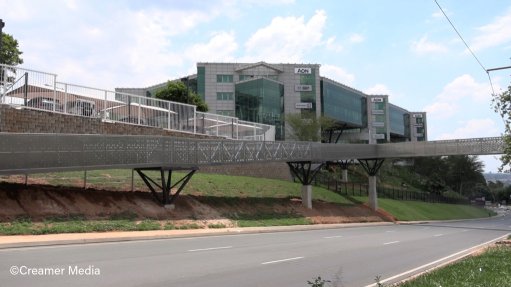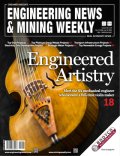Technology advancements require organised labour to adapt

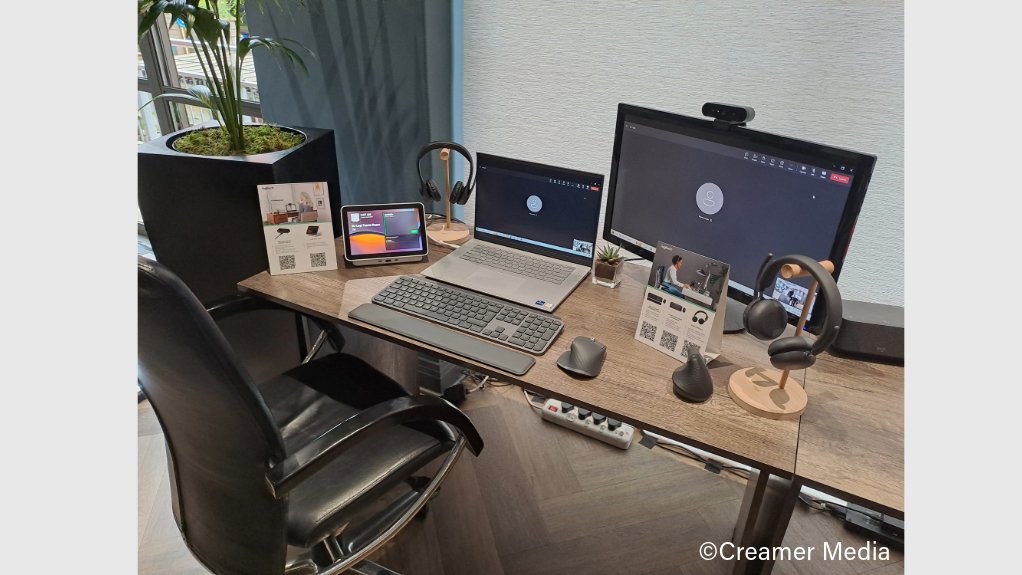
The rapid advancements in technology poses both challenges and opportunities for employment and the labour market
Photo by Creamer Media's Tasneem Bulbulia
The rapid advancements in technology pose both challenges and opportunities for employment and the labour market and it is crucial that organised labour adapts accordingly to ensure it plays a role in securing robust worker protection, upholds worker rights and champions worker skills development strategies to support long-term employment resilience in a technology-driven economy.
This was highlighted by speakers from trade union UASA, presenting findings from the ‘2025 UASA South African Employment Report (SAER)’ and the third UASA/Bureau of Market Research (BMR) Employment Index on May 16.
UASA president Patience Mapitsi emphasised the role of unions in shaping policy frameworks, leveraging information and data from sources such as these reports and indexes.
She stressed that this was crucial, as technology development must not come at the expensive of people’s jobs and dignity.
BMR personal finance research division head Jacolize Meiring provided background on the South African economy and job market, with both of these said to be in low-growth trajectories.
Interestingly, she noted that GDP and employment growth in South African was often in juxtaposition over the past 15 years, with employment lower than GDP.
She said this was indicative that there was jobless growth in the country.
Moreover, this contrasted with other countries, whose employment growth had far exceeded their GDP growth.
She highlighted, however, that there was cautious optimism for this year, with moderate economic growth projected, provided that certain structural and infrastructure reforms were implemented, and investment was secured.
BMR CEO Professor Carel van Aardt added that unemployment growth far exceeded employment growth in the country.
He pointed out that the UASA/BMR Employment Index revealed the deteriorating state of employment in the country, which requiresd a fundamental shift in government policy.
Van Aardt mentioned that AI technology was still in its infancy and he expected to show exponential growth and development over the next two decades.
He noted that technological capital dominated human capital in South Africa, meaning that AI technologies would be increasingly disruptive in the labour market, with job displacements a reality, and mitigation, such as skills development, required.
Van Aardt explained that technological adaptation, especially automation, AI and robotics, had led to the replacement of routine, manual and repetitive jobs across several industries, including in mining, manufacturing, retail and trade, and business services.
However, positively, some industries had benefitted, including information and communications technology, renewable energy, logistics and warehousing and health and social care.
The implications of these developments for organised labour were varied, with Van Aardt emphasising the need for it to be adaptive.
He pointed out that the rise of AI presented challenges and opportunities for organised labour as the labour market underwent rapid transformation.
Key implications included job losses, as alluded to earlier, with approximately 40% of jobs globally at risk of disruption by AI.
Moreover, the traditional definition of ‘worker/employee’ was evolving as AI-driven automation replaced conventional roles. Therefore, trade unions should adapt to represent gig workers, AI-assisted employees and those with hybrid work, Van Aardt said.
Also, AI-driven employment decisions, such as algorithmic hiring and wage-setting, posed risks to fair labour practices.
Van Aardt emphasised that organised labour must evolve, with efforts including advocating for regulations to ensure ethical AI use in workplaces; using AI tools where feasible in strengthening advocacy, using digital platforms to organise and negotiate more effectively; continuing to push for international AI governance; and an increasing need to address AI-driven workplace changes while ensure fair employment practices.
He also underlined the importance of unions supporting upskilling and transition rights.
This could include negotiating with employees to implement mandatory AI training for workers to engender competitiveness; pushing for government-funded upskilling initiatives to support workers in sectors most affected by automation; demanding technology transaction rights, ensuring workers receive training before AI-driven job changes occured; and negotiating paid training leave for employees to allow them to upskill without financial strain.
Van Aardt also outlined a more direct role for organised labour, with potential to create digital learning hubs through partnerships; negotiating for job guarantees or redeployment programmes for workers displaced by AI; demanding worker representation in AI policy discussions; pushing for transparency in AI decision-making; and empowering workers to thrive in a digital economy by embracing AI rather than resisting it.
Article Enquiry
Email Article
Save Article
Feedback
To advertise email advertising@creamermedia.co.za or click here
Comments
Press Office
Announcements
What's On
Subscribe to improve your user experience...
Option 1 (equivalent of R125 a month):
Receive a weekly copy of Creamer Media's Engineering News & Mining Weekly magazine
(print copy for those in South Africa and e-magazine for those outside of South Africa)
Receive daily email newsletters
Access to full search results
Access archive of magazine back copies
Access to Projects in Progress
Access to ONE Research Report of your choice in PDF format
Option 2 (equivalent of R375 a month):
All benefits from Option 1
PLUS
Access to Creamer Media's Research Channel Africa for ALL Research Reports, in PDF format, on various industrial and mining sectors
including Electricity; Water; Energy Transition; Hydrogen; Roads, Rail and Ports; Coal; Gold; Platinum; Battery Metals; etc.
Already a subscriber?
Forgotten your password?
Receive weekly copy of Creamer Media's Engineering News & Mining Weekly magazine (print copy for those in South Africa and e-magazine for those outside of South Africa)
➕
Recieve daily email newsletters
➕
Access to full search results
➕
Access archive of magazine back copies
➕
Access to Projects in Progress
➕
Access to ONE Research Report of your choice in PDF format
RESEARCH CHANNEL AFRICA
R4500 (equivalent of R375 a month)
SUBSCRIBEAll benefits from Option 1
➕
Access to Creamer Media's Research Channel Africa for ALL Research Reports on various industrial and mining sectors, in PDF format, including on:
Electricity
➕
Water
➕
Energy Transition
➕
Hydrogen
➕
Roads, Rail and Ports
➕
Coal
➕
Gold
➕
Platinum
➕
Battery Metals
➕
etc.
Receive all benefits from Option 1 or Option 2 delivered to numerous people at your company
➕
Multiple User names and Passwords for simultaneous log-ins
➕
Intranet integration access to all in your organisation





